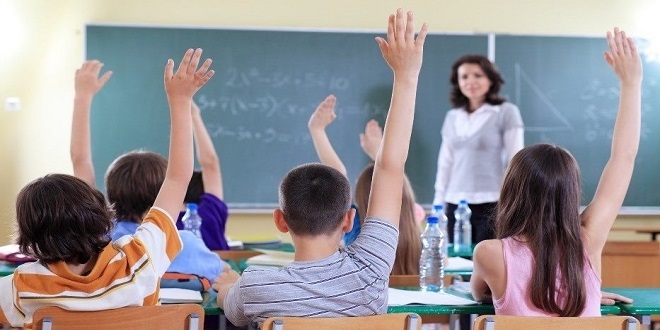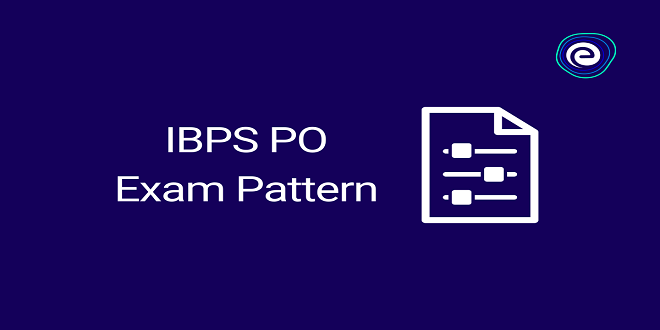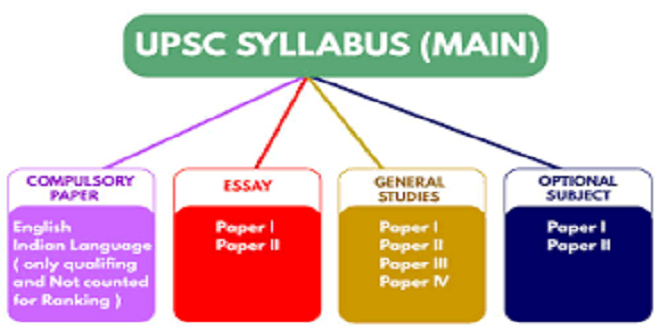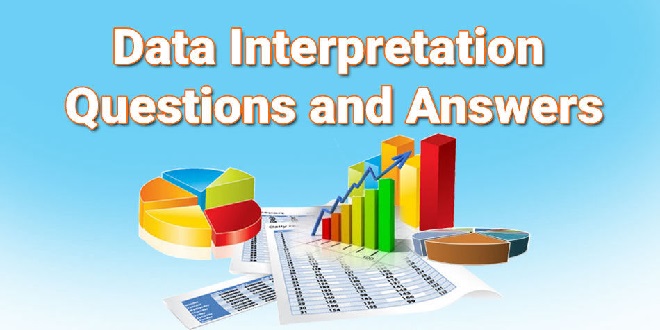How to take care of academically lacking students as a teacher?

To help the academically lacking students as teachers, it is essential to listen to students’ concerns as well as demonstrate understanding as well as empathy. They must offer their students the opportunity to have a one-to-one conversation with them to reconnect as well as discuss any concerns that might have arisen when their school was closed. We see that if a child shares anything that is particularly concerning, please follow the protection or child safeguarding systems in place as well. We see the admission management software can help the students in such a case. We know that before teaching new academic content to students, teachers, as well as school personnel, should take time to check how children are doing.
They remember that children may have difficulty concentrating at first or may need more time to get back into the routine of learning as well. We know that provides opportunities for children to take breaks, move around, as well as re-connect with their friends and peers. We see that children can provide suggestions; help decorate the walls of the classroom with colorful as well as welcoming messages and work in small groups so they can support each other to catch up on learning as well. They must let them know that being supportive of each other will help them get through this together.
They must remember to praise children for their contributions and efforts. We see that teachers can foster feelings of safety and security by interacting and developing positive relationships with each student as well as using routines during the day to help children feel safe and secure at the same time. They must be attentive to changes in children’s behaviors. If they notice significant changes in a student’s behavior and this persists over time, preventing them from functioning or playing, please follow school protocol, and at the same time seek additional support and guidance.
We see that teachers can provide lots of support if they feel a child is struggling. However, they should seek additional support as well as refer children to child protection services, primary care physicians, or mental health professionals if they feel the child needs specialist help as well. We see that teachers can be positive role models for their students. We know that the children will look at them and learn from the skills they use daily to deal with stressful situations. They must be calm, honest, as well as caring, and demonstrate a positive attitude towards children.
We know that teaching can be an extremely stressful profession, particularly now. They can make sure to protect their own physical and mental health (e.g. maintain healthy eating as well as sleeping habits, rest, exercise, and connect with friends, family, and colleagues). They can remember to seek support if they notice themselves experiencing significant feelings of distress as well. We know that teachers play various roles in a typical classroom, but surely one of the most important is that of classroom manager as well. We are aware that effective teaching, as well as learning, cannot take place in a poorly managed classroom. We know that effective teachers appear to be effective with students of all achievement levels regardless of the levels of heterogeneity in their classes as well. We know that if the teacher is ineffective, students under that teacher’s tutelage will achieve inadequate progress academically, regardless of how similar or different they are regarding their academic achievement as well.
We see that arranging the physical setting for teaching is a logical starting point for classroom management because it is a task that all teachers face before school begins as well. We know that many teachers find it easier to plan other aspects of classroom management once they know how the physical features of the classroom will be organized as well. The fees management software can help them in one step ahead as well. We know constructive assertiveness when they can describe their concerns clearly, insist that misbehavior be corrected, as well as resist being coerced or manipulated. We know that empathic responding is listening to the student’s perspective as well as reacting in ways that maintain a positive relationship and encourage further discussion as well.





